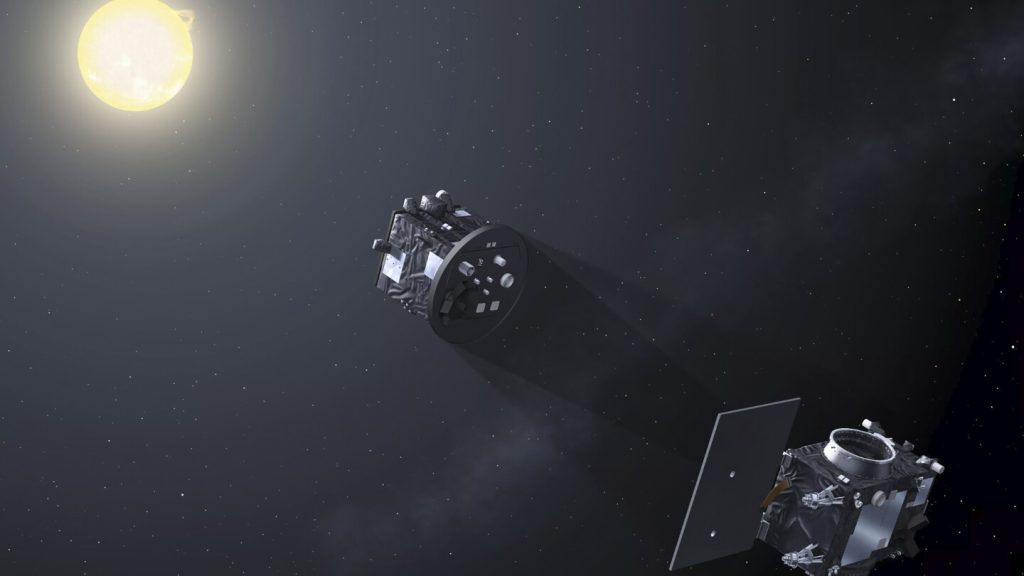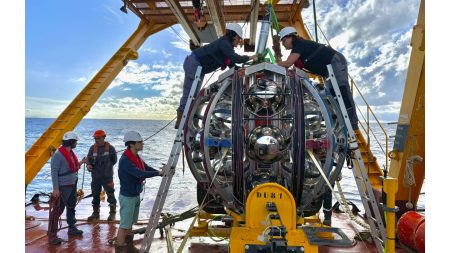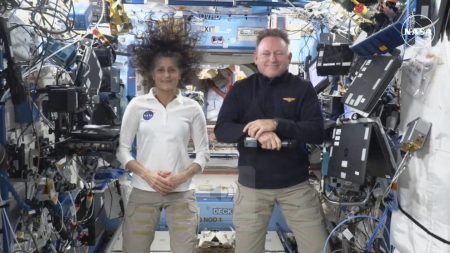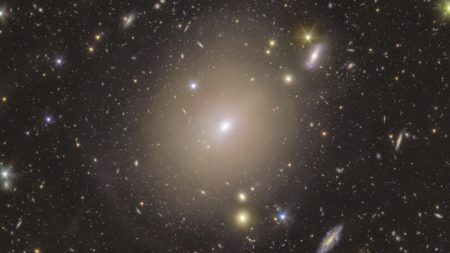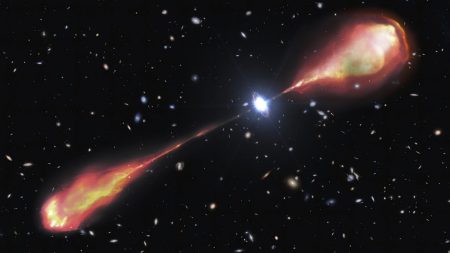On Thursday, a significant milestone in space exploration was achieved with the successful launch of two European satellites designed to create artificial solar eclipses through advanced formation flying techniques. This innovative mission aims to allow extended observations of the sun’s corona, the outer atmosphere of the sun. Unlike natural solar eclipses, which last only a few minutes, these artificial eclipses are expected to last up to six hours, enhancing scientists’ opportunities to study celestial phenomena. The launch, executed from India, represents a pioneering venture intended to deepen our understanding of solar dynamics and the mechanics of high-precision satellite operations.
The European Space Agency (ESA) has embarked on this project not only to demonstrate cutting-edge technology but also to address critical scientific questions. After the satellites are positioned, they will separate by approximately 492 feet (150 meters) in orbit and will maintain an extremely precise alignment as one satellite casts its shadow on the other. Achieving such precision—within a millimeter—demands sophisticated technologies, including GPS systems, star trackers, lasers, and radio communications, allowing the satellites to function autonomously. This meticulous maneuvering will simulate the effects of a total solar eclipse where one body obscures another, akin to how the Moon and Earth interact during a natural event.
The operational objectives extend beyond mere technological demonstration. By fully blocking out the sun’s blinding light, researchers hope to closely examine the sun’s corona, particularly its unexpectedly high temperatures compared to the surface of the sun. Furthermore, the mission will provide insights into coronal mass ejections—massive bursts of solar plasma that can lead to geomagnetic storms on Earth. Understanding these phenomena is essential for predicting solar activity that can disrupt power grids and communication systems on Earth, as well as affecting spaceborne technologies.
The satellites, each cube-shaped and measuring less than 5 feet (1.5 meters) across, will function differently within their configuration. The satellite that creates the shadow carries a specially designed disk to obscure the sun from the telescope aboard the other satellite. The project, named Proba-3, envisions a series of eclipses throughout its two-year mission, with each eclipse lasting around six hours—an attribute not possible through natural occurrences. The spacecraft’s trajectory will take them on a lopsided orbit ranging from 370 miles (600 kilometers) to 37,000 miles (60,000 kilometers) above Earth, with a complete orbit lasting nearly 20 hours.
Initial scientific results from the mission are anticipated as early as March, following the successful checkout of both satellites. The total budget for the Proba-3 mission is approximately $210 million, highlighting the investment in advanced aerospace technology and science. After completing their mission objectives, both satellites’ operational paths will gradually lower them toward Earth, where they are expected to disintegrate within five years.
The launch faced a minor delay due to a last-minute issue with one satellite’s backup propulsion system, essential for maintaining formation flying precision. Engineers resolved this problem through a computer software fix, underscoring the robustness of contemporary engineering solutions in space missions. The successful deployment marks an important step forward in space exploration, exemplifying how technology can facilitate groundbreaking scientific research and enhance our understanding of the sun and its effects on Earth’s environment.




